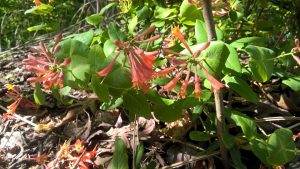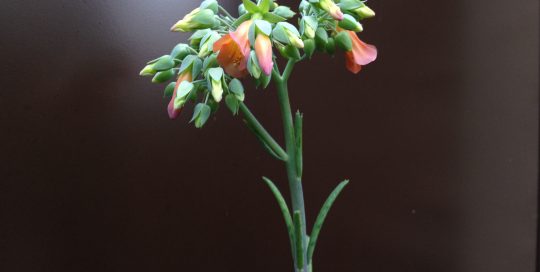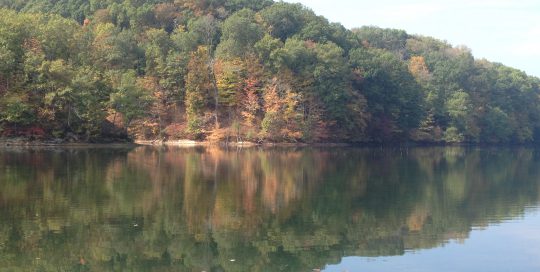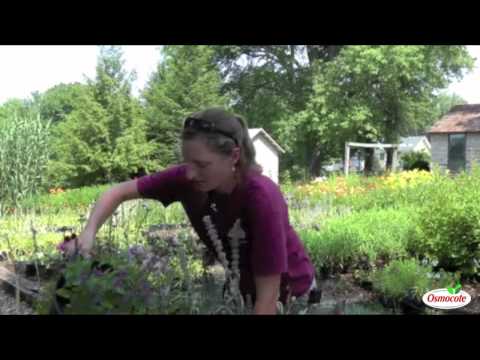Quite the Quandary
Views: 9013

OK…just make me happy and admit you’ve had this quandary at least once or twice. You bought a plant without having a CLUE where you’re going to plant it! It’s a neat looking little plant and you’ve got Spring Fever. Maybe it’s your first trip of the season to your favorite greenhouse. You know that if you don’t buy it now, it will be gone by your next visit. So, you buy it…maybe you buy two or three – what the heck!
You carry the plants out to your car, just sooo pleased with yourself. Then, you get home and start trying to figure out where, exactly, you’re going to plant them. Uh, oh! This spot’s too shady; that spot’s where you were going to put a different plant; this place doesn’t have enough room, etc., etc. That’s quite the quandary!
My lovely plants
For me, that happens just about every shopping trip I make during this time of year. I may have outdone myself this time, though. I was so shocked and surprised when I found native Trumpet honeysuckle (Lonicera sempervirens) at a big box store, I bought two plants! Wow!!
Then, I got home and realized that I didn’t have a trellis or anything that remotely resemble a trellis! I planted both vines in my Nursery bed, watered them in and pondered what to do next. Finally, I remembered I had some bamboo poles which I could tie together to make tripods for the honeysuckles, the trumpet vine (see my blog “Well…It Seemed Like a Good Idea…”, and a Wooly Pipevine (wait for the next blog).
With the help of my Wonderful Husband, I made little bamboo tepees, which I stuck in the ground and hoped for the best. The trumpet vine and the wooly pipevine made it through to spring just fine, but the honeysuckles grew like they were on steroid fertilizer! Even in early April, they had beautiful, coral blooms and were enthusiastically climbing up the bamboo poles.
Results
Unfortunately, our native honeysuckle doesn’t have a scent that we can smell, but it is really a gorgeous, easy care plant and a hummingbird and butterfly magnet! Spring Azure butterflies lay their eggs on it, as do Snowberry Clearwing moths. Birds love, love, love the little berries which appear later on – however, don’t eat it yourself, some parts are poisonous if ingested.
This honeysuckle will grow from USDA Zone 5a to 10b; tolerates clay soil, grows in full sun to part shade and will grow around black walnut trees. It has average water needs, you will need to water it during dry spells, at least until it is established. Other than perhaps pruning it, it should be fairly easy to maintain, although it can be troubled by aphids or downy mildew.
There are cultivars available commercially: Major Wheeler is fragrant and has red and gold blooms summer into fall, and is said to be mildew-free. Alabama Crimson has bright red blooms mid-spring into fall. John Clayton has yellow blooms and is more compact than some varieties.
“Sempervirens” is Latin for “evergreen”; in Zone 8 and above, the leaves will stay green throughout the winter. My vines lost most their leaves last winter in my Zone 6b.
Next time
My plan now is to construct a more sturdy trellis from saplings that we cleared out earlier this year and transplant the honeysuckle vines to a sunnier spot. Don’t forget to feed! Now…all I have to do is talk my Wonderful Husband into another project!
Meet Abbi Hayes
Abbi's Recent Posts

Kalanchoe delagoensis: Mother of Millions







